India is home to over 1.4 billion people and is marked by immense cultural, linguistic, religious and socioeconomic diversity. With more than 2,000 distinct ethnic groups and over 1,600 spoken languages, India presents a unique challenge for behavioural change efforts.
Behavioural change is not a one-size-fits-all endeavour. Whether it’s promoting sexual health, encouraging eco-friendly habits or advocating for equality, understanding the cultural context of the place in question plays a fundamental role in the success or failure of these initiatives. This is especially true in diverse and complex societies like India, which is cultural sensitivities, historical practices and deeply entrenched social norms—such as gender roles, caste-based discrimination and regional traditions—greatly influence how communities respond to new ideas.
Significant urban-rural disparities in access to resources, education and healthcare make uniform change challenging, as communities have differing needs and resistances. In this context, introducing new concepts is often slow, taking years to yield tangible results.
The Power of Cultural Sensitivity in Shaping Behaviour
Culture influences almost every aspect of human life, from language and religion to social expectations and rituals. People’s behaviour is largely shaped by the values they hold and the norms they follow. To bring about any form of behavioural change, especially in areas like sexual health, education and gender equality, an in-depth understanding of these cultural values is essential.
For instance, in many societies, topics such as sex education and sexual rights are seen as taboo or inappropriate for discussion. In such cases, introducing new ideas without considering cultural sensitivity can lead to resistance or even backlash. This is particularly true in countries like India, where cultural and social norms often conflict with modern, progressive concepts.
The Case of Comprehensive Sexuality Education in India
One of the most significant examples of cultural sensitivities affecting behavioural change can be seen in the implementation of Comprehensive Sexuality Education (CSE) in India. Despite its success in many countries around the world, introducing CSE in India faces several challenges due to cultural taboos surrounding sex and sexuality.
In many regions of India, discussions around topics such as puberty, sexual consent, contraception and gender equality are either outright discouraged or considered inappropriate, especially in educational settings. Traditional gender roles, religious beliefs and even misconceptions about sexuality all contribute to resistance against such education.
Without acknowledging these cultural nuances, attempts at introducing CSE can quickly turn into controversies, as parents, communities and educators may perceive it as foreign or threatening to their way of life. For example, a curriculum that doesn’t consider the local sensitivities may inadvertently stigmatise certain groups or push ideas that are not aligned with the community’s values.
Approaching Behavioural Change with Cultural Sensitivity
To successfully implement behavioural change programmes in such contexts, it is important to tailor the initiatives in ways that respect and incorporate local values. Here are some key approaches to consider:
1. Building Trust and Local Engagement
Programmes that engage local leaders, parents and educators can build stronger trust. For instance, in the Swachh Bharat Mission, community leaders and local influencers helped advocate for toilet use, making sanitation changes more acceptable. This engagement helped eliminate open defecation across many regions by connecting the change to local priorities like health and dignity. Similarly, Janani Suraksha Yojana engaged local birth attendants and community health workers to promote institutional deliveries, bridging the gap between traditional childbirth practices and safer, hospital-based births.
2. Use of Local Language and Narratives
Delivering education through culturally relevant language and stories is essential. Beti Bachao Beti Padhao used culturally resonant messaging to emphasise the importance of girls. Poshan Abhiyaan involved anganwadi workers who spoke the local language and understood local dietary habits, making it easier to promote healthier food choices in a way that fit into traditional eating practices.
3. Gradual Introduction of New Concepts
Gradual introduction helps communities ease into new ideas. Mission Indradhanush (Universal Immunization Program) worked gradually to build community trust around vaccination. Local health workers and religious leaders helped introduce the concept of immunization slowly, explaining health benefits in a culturally sensitive way that reduced resistance over time. In Maharashtra’s Comprehensive Sexuality Education programme, concepts were carefully introduced in digestible stages to reduce resistance.
4. Flexibility in Implementation
Adapting programmes to suit local needs can increase effectiveness. The Child Marriage Prevention programme in Rajasthan worked with religious leaders to frame delayed marriage in a way that respected cultural values. This flexible approach saw success, as communities became more open to delaying marriage when it aligned with familiar religious and cultural ideals. Pradhan Mantri Ujjwala Yojana (PMUY), which provides free LPG connections to low-income women, adapted its outreach by enlisting local women and highlighting benefits such as reduced health risks and convenience, which resonated with families accustomed to traditional wood stoves.
5. Highlighting Positive Role Models
Local role models can make change more relatable. By training traditional birth attendants (TBAs) in Jharkhand, the government was able to bridge the gap between modern healthcare and respected local practices, reducing maternal mortality rates. The TBAs, respected community figures, helped create acceptance for maternal health improvements.
6. Sensitivity to Social Hierarchies
Addressing social hierarchies helps ensure that all community members can benefit from initiatives. For example, Beti Bachao Beti Padhao addressed gender bias by involving local leaders and respected community figures to support gender equality. By aligning with local hierarchies, the programme was able to promote positive change without challenging established social structures too aggressively, helping ensure its acceptance.
The Long-Term Impact of Cultural Sensitivity
When behavioural change initiatives are culturally sensitive, they not only increase the likelihood of success but also help foster long-term societal transformation. In the case of CSE, this means that young people are more likely to absorb the information, internalise it and use it in their own lives. Over time, such initiatives can reduce stigma, increase awareness and create a more informed and progressive society.
Furthermore, when cultural nuances are considered, initiatives are less likely to provoke backlash, making it easier to sustain long-term change. By addressing local fears and misconceptions with empathy and understanding, the community can become an ally rather than an obstacle in the change process.
Empowering Communities Through Tailored, Culturally Sensitive Programmes
Smile Foundation’s culturally sensitive approach has led to lasting behavioural changes across diverse communities. By involving community members in every step of its programmes—such as Mission Education, Smile on Wheels, Swabhiman, Smile Twin e-Learning Programme and Child for Child—the foundation minimises resistance and nurtures authentic transformation from within. The approach goes beyond just implementing projects—it empowers communities as active participants in their own development, instilling a sense of ownership and pride in the positive changes they experience.
Conclusion
Cultural sensitivity is not just a consideration—it’s a requirement for driving meaningful behavioural change. Whether it’s the implementation of education programmes, social campaigns or health interventions, understanding the cultural landscape and tailoring initiatives to fit local values can make all the difference. By doing so, we create an environment where change is not imposed but embraced, paving the way for sustainable and inclusive transformation.



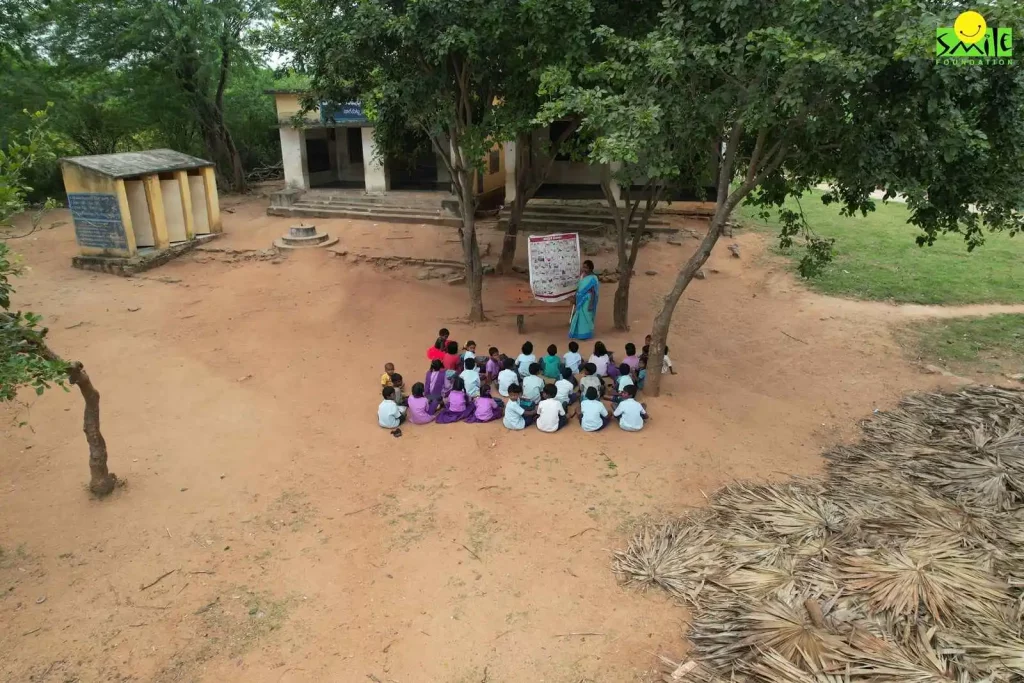

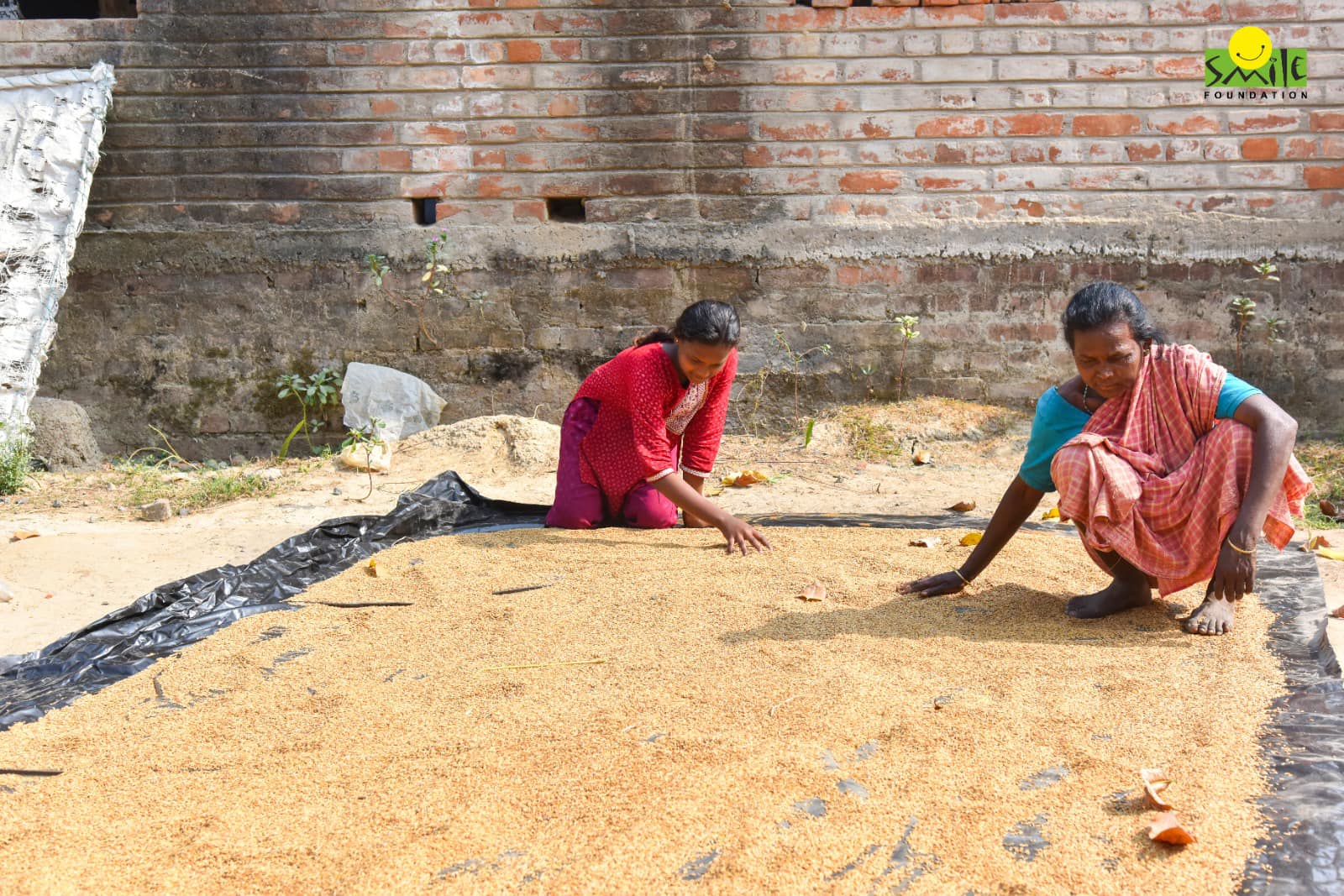
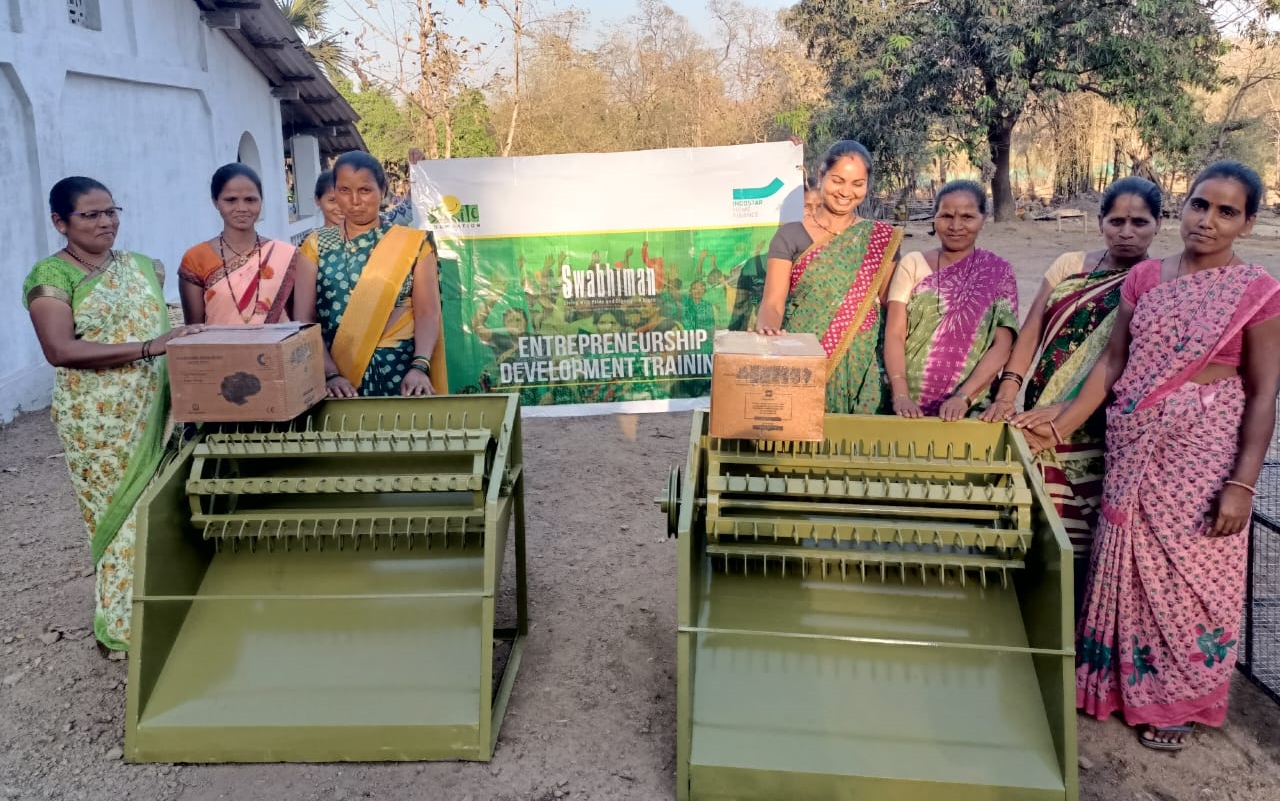
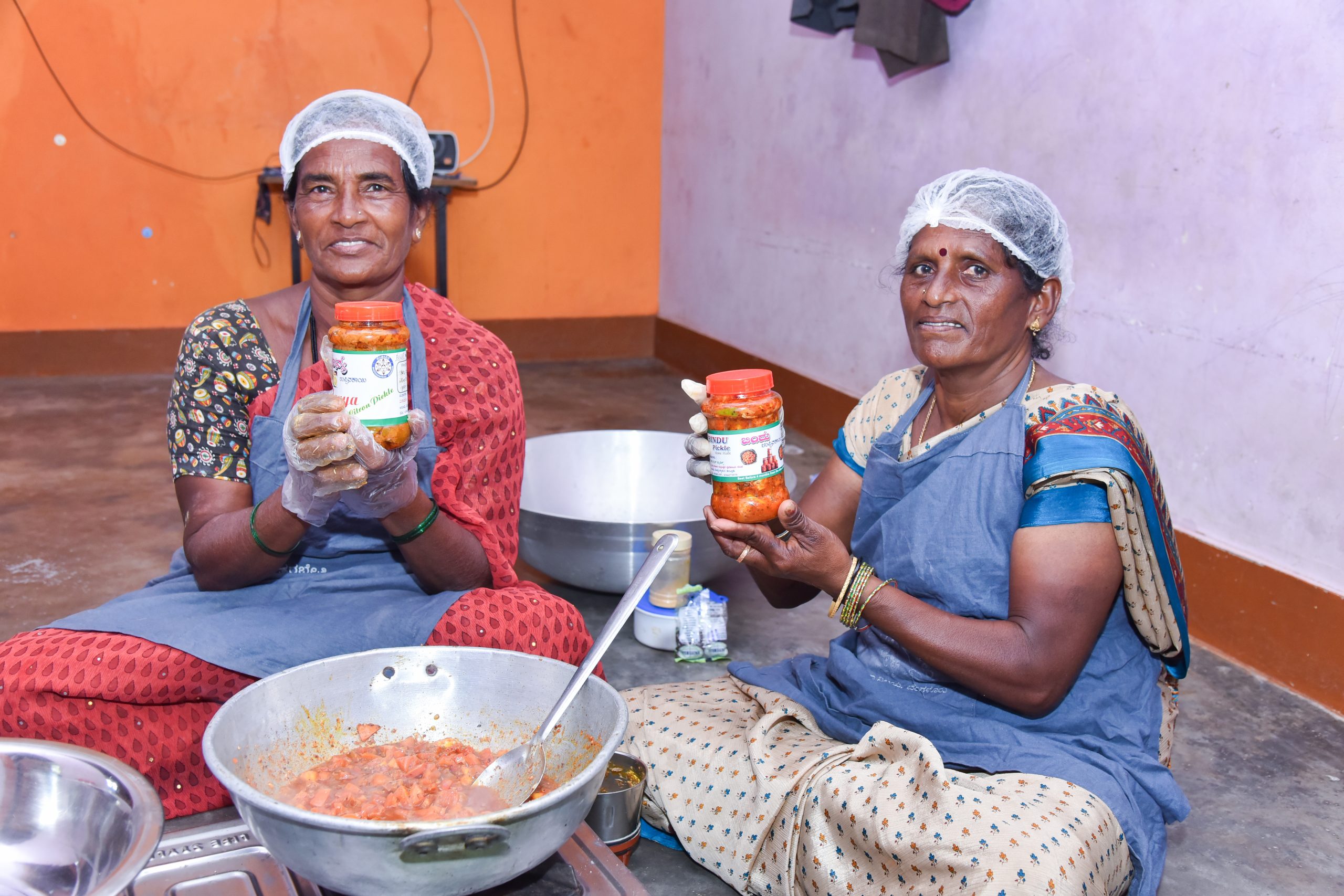
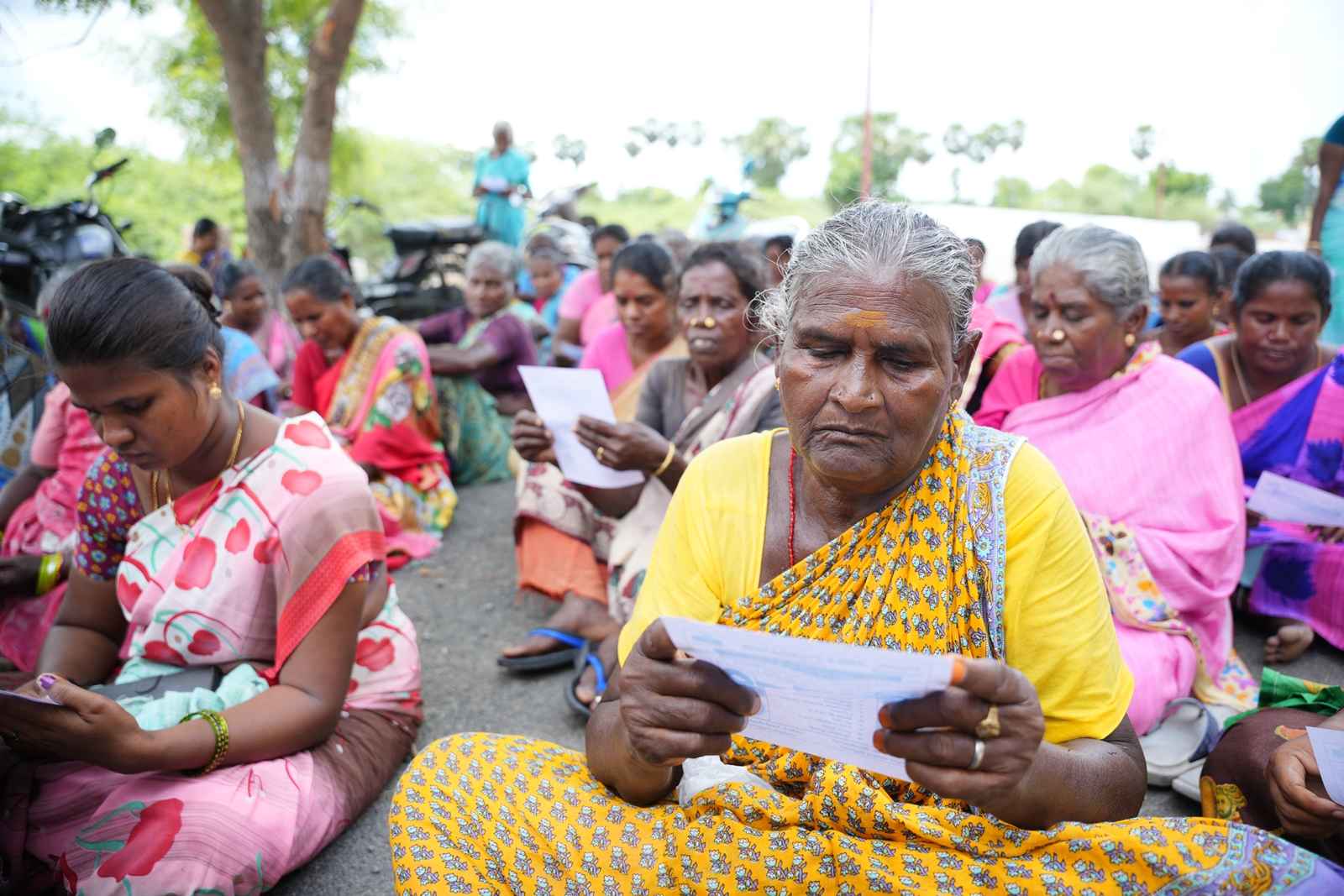
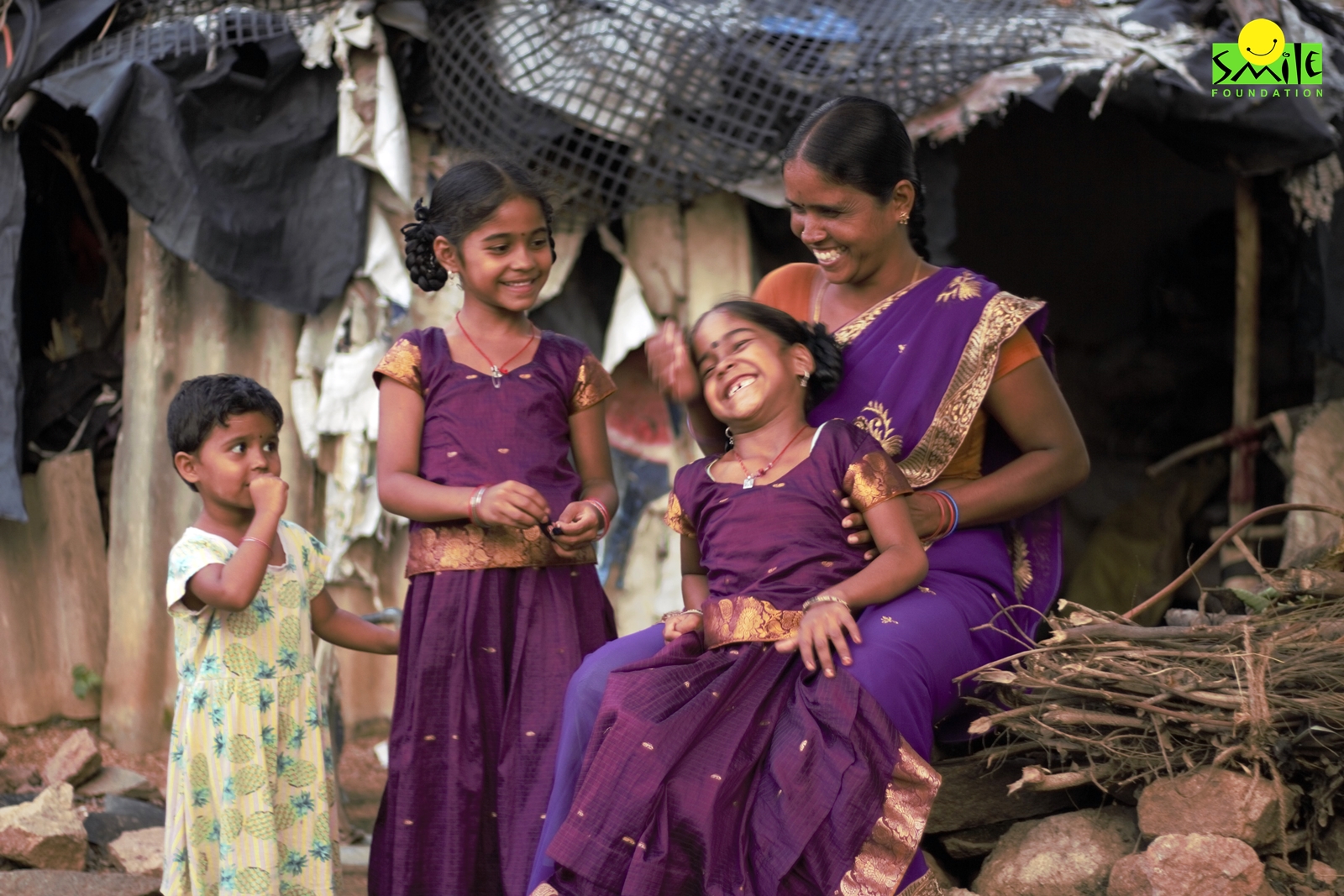
One reply on “Cultural Sensitivity Crucial for Behavioural Change”
I completely agree. Being unware of one’s culture can directly impact behavior, making it even more important to stay connected to our roots.
This preserve our identity and values. well said.